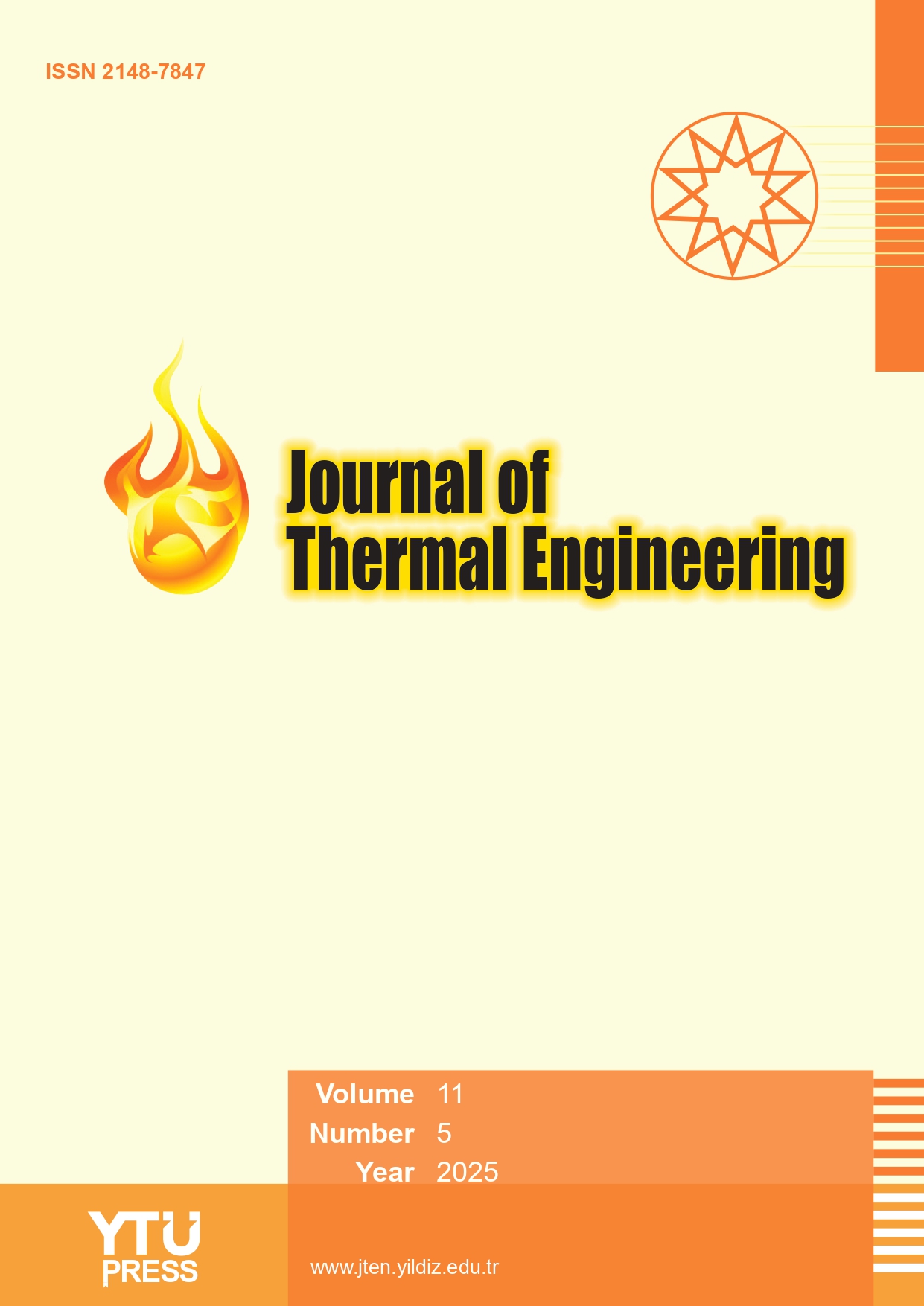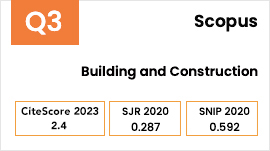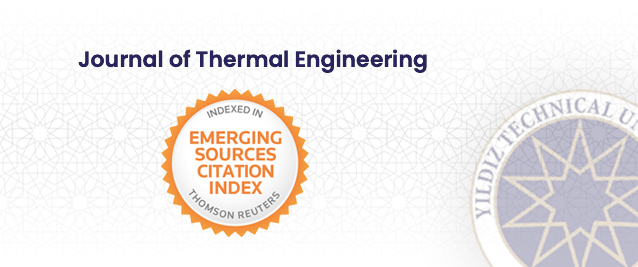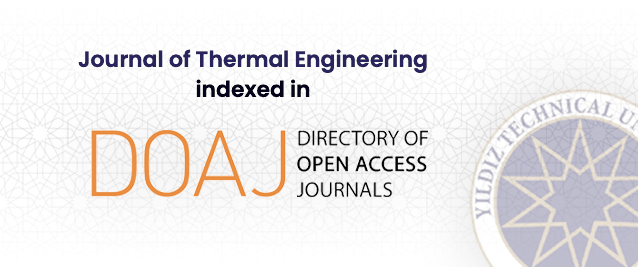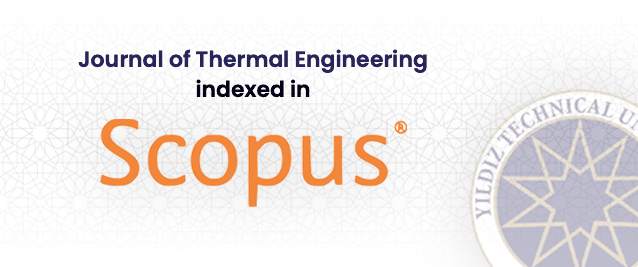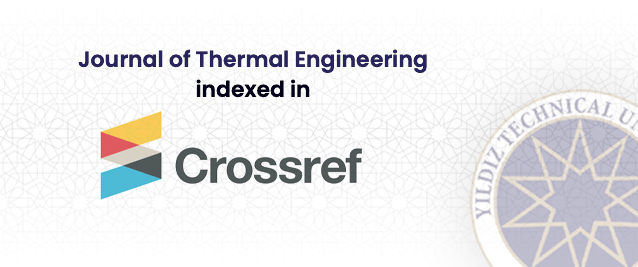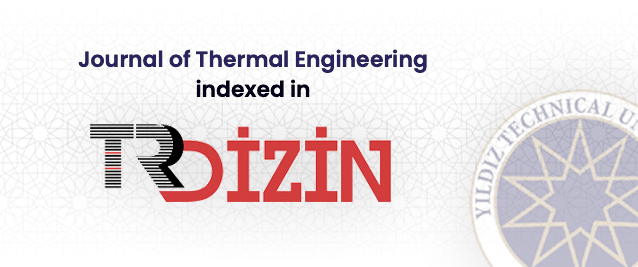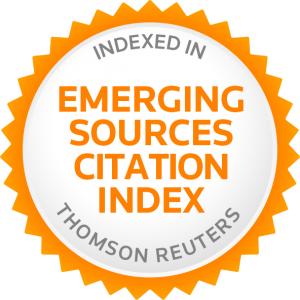2Department of Mechanical Engineering, University College of Engineering, Adikavi Nannaya University, Rajahmundry, 533101, India
3Engineering Development and Research Centres, Larsen & Toubro Ltd, Mumbai, 400001, India
Abstract
The objective of the study is to explore the influence of various operating conditions on the performance of the Proton exchange membrane fuel cell (PEMFC) using COMSOL software. The effects of gas diffusion layer porosity, membrane conductivity, electrolyte thickness and operating temperature are studied. A structured hexahedral mesh was employed for the simulations. Essential geometric and operational factors are calculated analytically. The computational analysis of the PEMFC is conducted using a coupled approach that integrates free and subsurface flow, species transport and current distribution modules. The governing equations used in the simulation included conservation of energy, momentum, mass and species. The Joule heating, Butler-Volmer and the Nernst equation were incorporated to enable the modeling of reaction kinetics and cell performance. The uniqueness of this study lies in its comprehensive examination of the interactions between gas diffusion layer, gas diffusion electrode and membranes under various conditions, an area that has been less thoroughly investigated in the existing literature. Results reveal that higher gas diffusion layer porosity, increased electrolyte conductivity and reduced membrane thickness enhance fuel cell performance. A 26.54% increase in power density is observed when electrolyte conductivity is raised from 5.05 to 10.6, and a 21.19% improvement is achieved by decreasing electrolyte thickness from 254 µm to 127 µm. This data is vital for applications requiring high power output, such as in transportation or portable devices. Higher conductivity permits for better ion transport within the electrolyte, which can lead to more efficient reactions at the electrodes. This characteristic makes such fuel cells suitable for applications that demand rapid response times and high energy outputs. This study presents a novel approach to optimizing the performance of PEMFCs by systematically investigating the effects of critical operating conditions.


